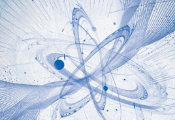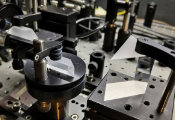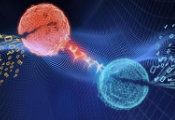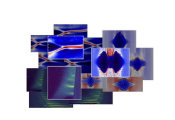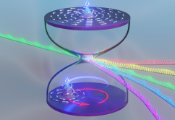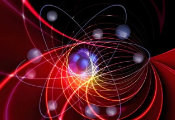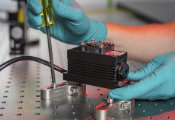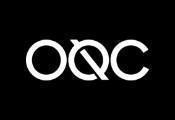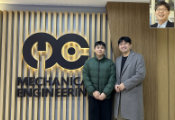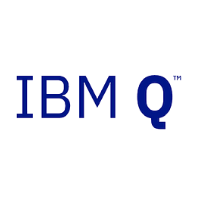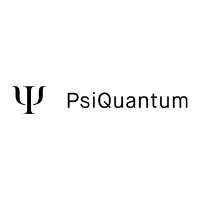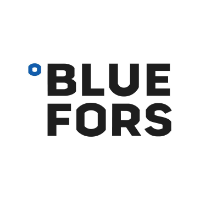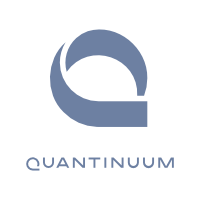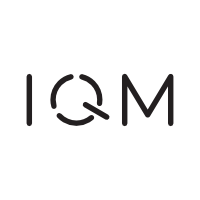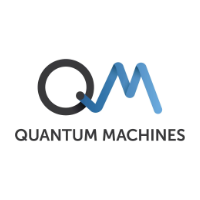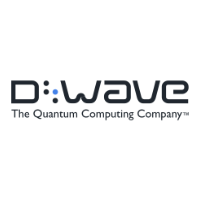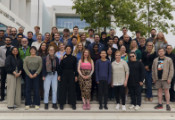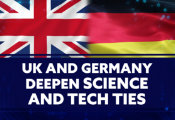New Trapped-Atom Qubit Technology Translates to Industry-Ready Quantum Computing Product
July 16, 2025 -- Engineers and physicists at the University of Wisconsin-Madison have developed a simplified but ingenious method for trapping atoms of different species to make quantum bits or qubits—the powerful alternatives to digital bits that give quantum computing its vast computational capability.
Capturing two types of neutral atoms next to each other, the method creates interleaved grids of cesium and rubidium atoms that can be used as qubits in quantum computing and quantum sensing. The setup is much simpler and cost-effective than previous efforts to isolate and form interleaved grids of atoms and is already being used in early-stage quantum devices.
“Other groups have trapped two types of neutral atoms, but their setups are pretty sophisticated, use multiple lasers, and are expensive,” says Mikhail Kats, a professor of electrical and computer engineering at UW-Madison who co-led the work. “We have demonstrated that you can do this kind of trapping with a single laser and single micro-fabricated mask.”
Electrical and computer engineering PhD student Chengyu Fang, advised by Kats, was first author of the paper, which appears in the July 16, 2025, issue of the journal Science Advances. The work was done in collaboration with the research group of co-leader Mark Saffman, a physics professor and director of the Wisconsin Quantum Institute at UW-Madison.
Silicon transistors have been the heart of traditional computers for 60 years. As quantum computing emerges, however, there is no clear consensus on which material should be used to make the qubits which are the building blocks of quantum computers.
Researchers are looking into qubits made of superconductors, diamond, trapped ions, and other specialized materials. But one relatively scalable qubit candidate is neutral atoms—those, like rubidium and cesium, that have a net zero electrical charge—that can be isolated, or “trapped,” using lasers.
Qubits of any type are sensitive to their environment and need to stay as isolated from the outside world as possible so they maintain their quantum state (qubits can exist in a combination of 0 and 1 states simultaneously). External influences can cause them to “decohere” and lose information. However, when the time is right, otherwise well-isolated qubits need to be able to interact with each other and with external inputs. Trapping two types of neutral atoms next to each other is a promising approach to these seemingly contradictory requirements for components of quantum computers and quantum sensors.
“Having two species of atoms is important because they can serve different roles in a quantum machine. For example, one species might serve as memory qubits, where they can be perturbed as little as possible and keep their quantum state as long as possible,” says Kats. “And then the other species can communicate more to the outside world. Even though they’re very close to each other, just a few microns apart, lasers of different wavelengths allow the computer to ‘talk’ to one type of atom and not the other.”
To isolate two types of atoms in the same space, the team used the Nanoscale Fabrication Center in the Wisconsin Center for Nanoscale Technology—a core College of Engineering facility—to fabricate a specialized optical mask using ultrathin layers of gold and the semiconductor germanium. “Once we settled on a design, fabrication was straightforward because it relies on well-established microelectronics processes,” says Fang. “This approach not only enables rapid, scalable production but also allows the design to be easily adapted for a variety of future applications.”
Sending a specific frequency range of laser light through this semitransparent mask divides it into a pattern of bright, dark, and intermediate areas, which interact to form the traps. The researchers filter and demagnify the light pattern before it enters a vacuum cell filled with cesium and rubidium atoms. Rubidium is attracted to the areas with high electromagnetic field, called bright traps. Conversely, the cesium migrates into the dark traps. The result is two sets of neutral atoms in distinct patterns in close proximity to each other.
These interleaved patterns of atoms can then be used for computing; one set of undisturbed atoms is for computation while the other set communicates commands and information with users. The atoms can also be used for sensing, with one set of atoms interacting with and collecting data from the environment while the other set records and processes the signals.
Even at this early stage, the technology is proving useful. The team has filed for a patent on the technology through the Wisconsin Alumni Research Foundation, and Infleqtion, a Madison-based company working to commercialize neutral atom quantum processors whose researchers are co-authors on the paper, is implementing the technology. “Not only is this work ripe for transition to industry,” says Kats, “it’s already beginning.”
Kats says the deep well of expertise and expansive facilities at UW-Madison allowed his team’s vision to go from idea to industry-ready product quickly, and all on one campus. “We have experts in quantum technologies, optical technologies, micro and nanofabrication all coming together in one place,” he says. “Because of that, we’re able to innovate these quantum systems and make them less expensive and more accessible for the future.”

